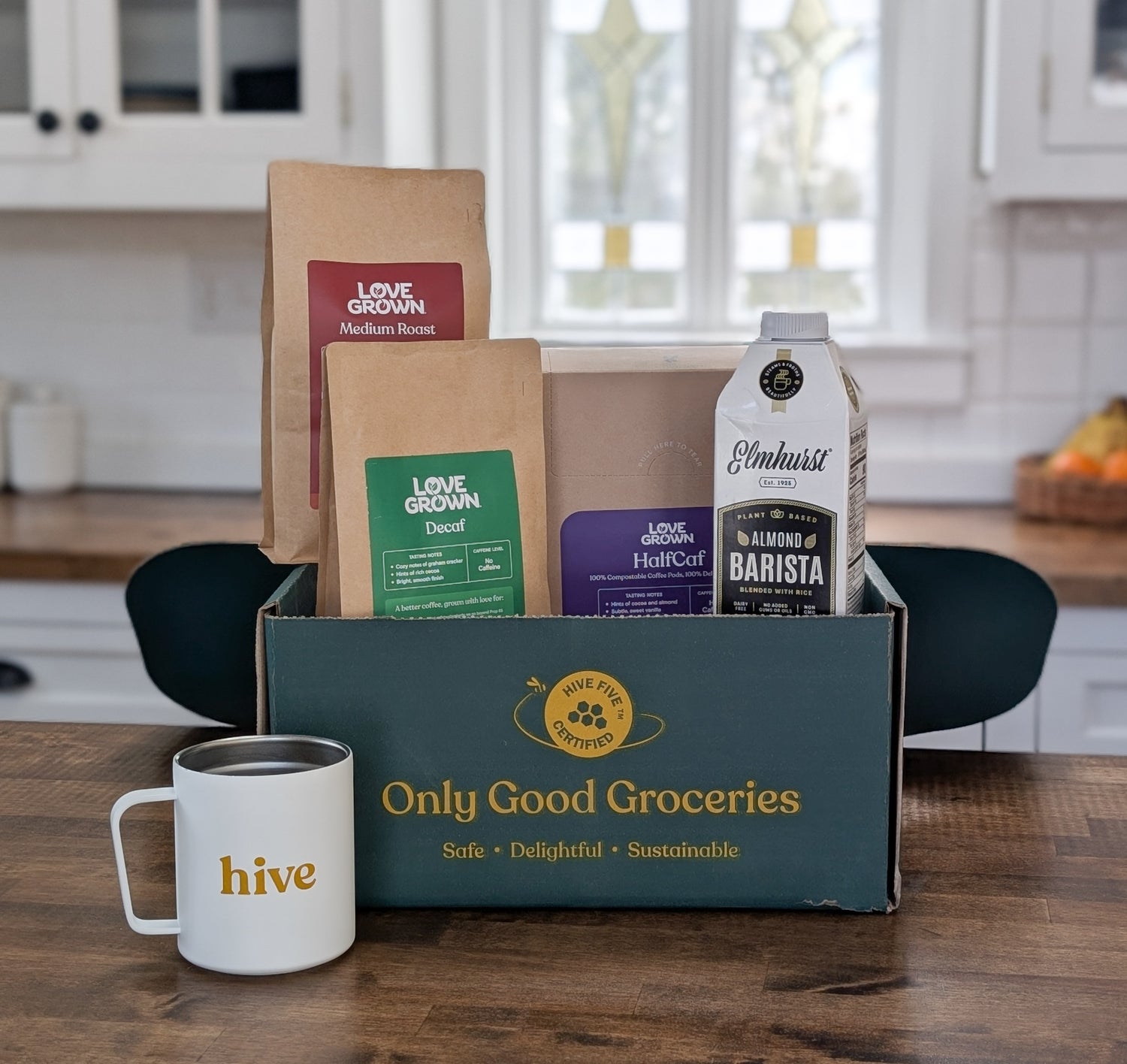“Looking out my window at Singing Pastures Farm right now, one can see a large, almost oceanic checker board of green—a beautiful, vibrant, sea of green. There might be a dozen different shades. The places where we have grazed most recently have a slight yellowish tinge showing that the grazing event has taken the uppermost portion of the plant, exposing the more shaded leaves that have not yet developed a large quantity of chlorophyll. There are the wild and woolly edges of the fields, places where marshland or ground nesting bird habitat has prevented our grazing until fall. In these places, the green is tinged with brown as those mature grasses begin to go dormant for the winter.
Lastly, there are the places where we grazed roughly 4 weeks ago. Those fields are a deep, muted, dusty, forest green. These are the places where the grass has rebounded since the last prescribed grazing cycle and is at the peak of its vitality. All this is dotted with marshes and ponds (which we avoid grazing), great stands of Red Oak and Pine, hill and dale and large, bald ledges of pure, solid granite. It looks like the fields of Ireland or perhaps Norway. If someone were to look closely within the nooks and crannies of this mostly wild landscape, one would find a herd of organic milk cows, large coyotes, several large groups of pigs on pasture, great blue heron, a few flocks of ducks, a herd of grass fed lamb, and a couple families of very grateful human beings. This is where we raise most of the meat that goes into Roam Sticks.

When looking at this scene from a high hill top, one might reflect on just how much grassland the world really has. And as it turns out, all that grassland has something in common: They evolved under the co-evolutionary pressure of large grazing animals. Much of North America had bison, the Serengeti plains have the wildebeest (and many, many more grazers), the far North has the caribou. There is not one grassland in the world that historically lacked a large grazer within its ecology.
Land needs animals the way flowers need bees. At Singing Pastures Farm, our focus is to heal our ecosystem using the strategies that the earth has employed for hundreds of thousands of years. That means we need animals to help us restore the balance that the land so badly needs. Without getting too deep into the science of it all, our animals (mostly pigs) fulfill several ecosystem functions:
- They help the earth digest all the vegetation on the surface by eating it, trampling it and manuring it.
- They mineralize the soil by helping us spread the nutrients in the whole grains we feed them.
- As they graze over the land, the grass rebounds stronger than before.
Wherever you are in the world and whether you live close to an intact grassland or not, please find farmers who are working to regenerate that ecosystem. In simple terms the more grass an animal eats the better! The more the farmers rotate those animals to fresh pasture, the better! And if you ever get a chance to visit and look at where your food comes from, look for a vibrant checker board of shades of green.”

What to learn more? Check out the full Q&A.

